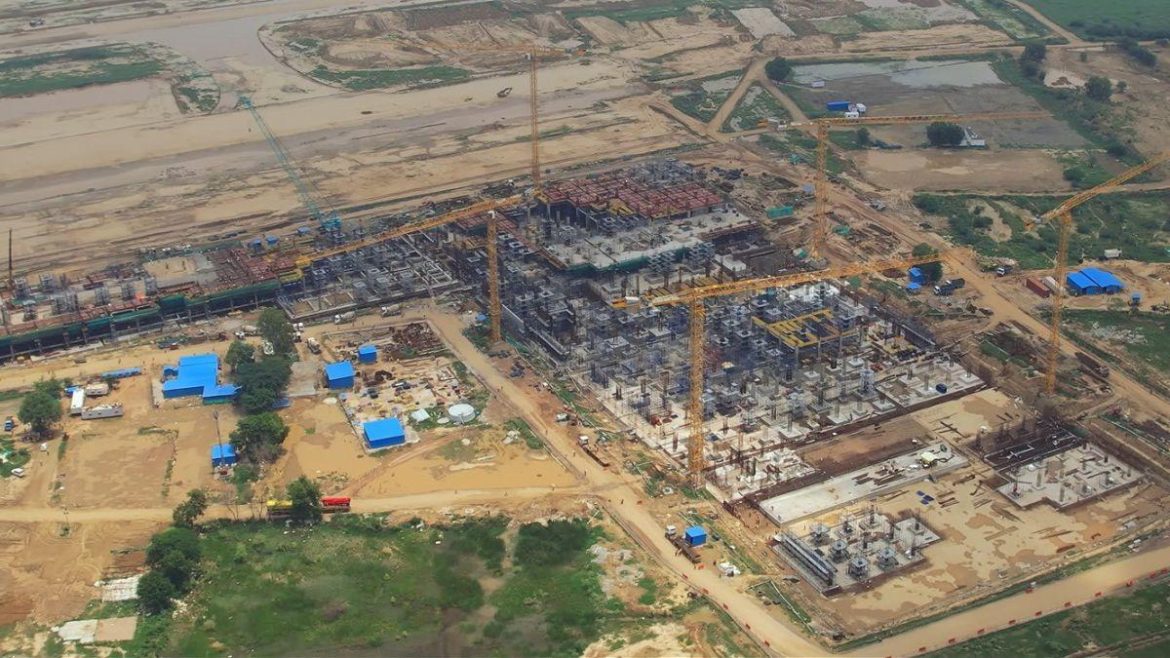Big Plans on the Horizon: Jewar Airport Set to Launch
The much-anticipated Noida International Airport at Jewar is finally nearing takeoff—on October 30, to be exact. Billed as India’s largest airport once fully complete, its first phase will mark a new milestone in the National Capital Region (NCR). It’s exciting, no question. But the big question remains: what does this mean for the real estate market in the surrounding region?
Real estate developers are buzzing. Plots are being sold, apartments booked, and billboards promising great returns are popping up everywhere. You might have seen headlines promising a new growth corridor, a second Gurugram, even a global city in the making. But is this just hype, or is there a real shift underway?
Step 1: What We Know About the Project
The Noida International Airport, also known as Jewar Airport, is being developed by Zurich Airport International AG. Located in the Gautam Buddh Nagar district, about 80 kilometers from Delhi, the airport aims to serve over 12 million passengers per year in its first phase. Eventually, the plan is to expand it into a six-runway facility—India’s first.
Here are some quick details:
- Inauguration date: October 30
- Total project area: Over 5,000 hectares
- Distance from Noida: ~40 km
- High-speed connectivity: Yamuna Expressway, upcoming Delhi-Varanasi bullet train
- Estimated total investment: ₹29,560 crore
“This is a long-term infrastructural game-changer, and its ripple effect will be significant, especially for nearby pockets like Tappal, Dankaur, and Bulandshahr,” said Anshuman Magazine, Chairman & CEO of CBRE India (paraphrased).
What We’re Seeing in the Market
It’s hard to ignore the immediate impact. Ever since the airport’s construction began, land prices in surrounding regions have shot up as much as 80%–150% in some areas. Several developers have already launched housing and commercial projects nearby, hoping to attract investors and early settlers.
Popular real estate hotspots include:
- Yamuna Expressway: Heavy action in terms of plotted developments and affordable housing
- Tappal & Dankaur: Emerging as speculative centers
- Sector 150, Noida: Witnessing new launches and rising interest
But experts are asking buyers to slow down. Hiranandani Group’s Managing Director, Niranjan Hiranandani, said in an interview, “It’s tempting to buy early near a mega infrastructure project, but many buyers overlook the fact that real appreciation takes at least 7–10 years, not months.”
Key Tips for Homebuyers
If you’re considering buying property near Jewar Airport, be cautious and strategic. Here’s what you should probably keep in mind:
- Check Zoning and Approvals: Many plots on sale are still under agricultural zoning. Look for land with clear titles and government approvals.
- Don’t Buy Based on Hype: Judge based on connectivity, current infrastructure, and legal documentation—not glossy promises.
- Rental Potential is Low (For Now): These areas are largely uninhabited and lack schools, hospitals, and malls. So unless you’re buying for long-term capital gains, rental income is unlikely soon.
- Beware of Unauthorized Colonies: Multiple developments cropping up remain unregistered or in regulatory grey zones.
- Be Patient: Property development in India takes time. Think 2030, not 2025, for real demand to build up.
Timelines and What’s Coming Next
The opening on October 30 is only the start. Phase 1 construction is nearly complete, but big changes—like a robust commercial belt or a metro line extension—will take years. Here’s what’s expected in the next stage:
- Jewar Airport Business District (JABD) to be planned around airport layout
- New medical and educational zones proposed nearby
- Declared logistics hub status adding warehouse demand potential
Naturally, that kind of development can supercharge property growth… but only once it’s tangible. Right now, it’s on paper.
Community Response and Sentiment
In Tappal village, for instance, local landowners recently held protests demanding a better compensation package. “They’re building world-class airports on our land. We should be partners in this growth,” said a villager, as quoted in Dainik Jagran. People want inclusion, not just acquisition.
Many potential homebuyers also express skepticism. On Reddit and local forums, posts often ask: “Is this for real or another Yamuna Expressway-style speculation bubble?” The truth? It’s too early to tell.
Different Perspectives on Market Impact
Let’s break down what different voices are saying:
Optimists Say:
- India’s largest planned airport can’t NOT cause a boom
- Easy connectivity will eventually turn this into a mega suburb of Delhi
- Similar to how Gurugram grew post-IGI expansion
Skeptics Say:
- The area lacks basic real estate anchors—like jobs, transit, education
- IGI Terminal 3 didn’t reshape nearby realty overnight either
- This could turn into another long wait for investors
I think both camps have some truth. The groundwork is substantial—but the macro picture still has to play out.
Looking Ahead
Once commercial airlines start operating, footfall increases, and supporting infrastructure comes up—you’ll probably see more concrete movement in prices and demand. Until then, it’s a bit of a see-saw. A good rule of thumb? If you’re an end-user—wait. If you’re a long-term investor with legal clarity—you may get in early.
This made people curious—and rightly so. Big infrastructure projects change maps. Just look at Dwarka once the metro line expanded. But those took time. That’s the keyword with Jewar as well. Time.

